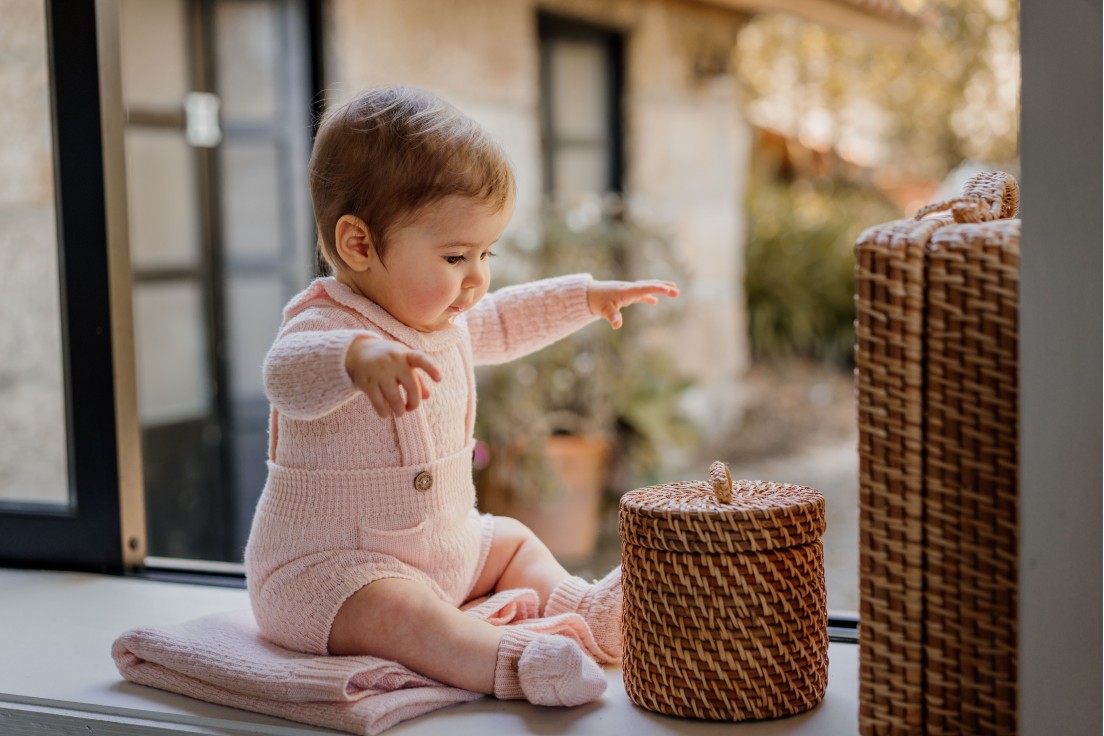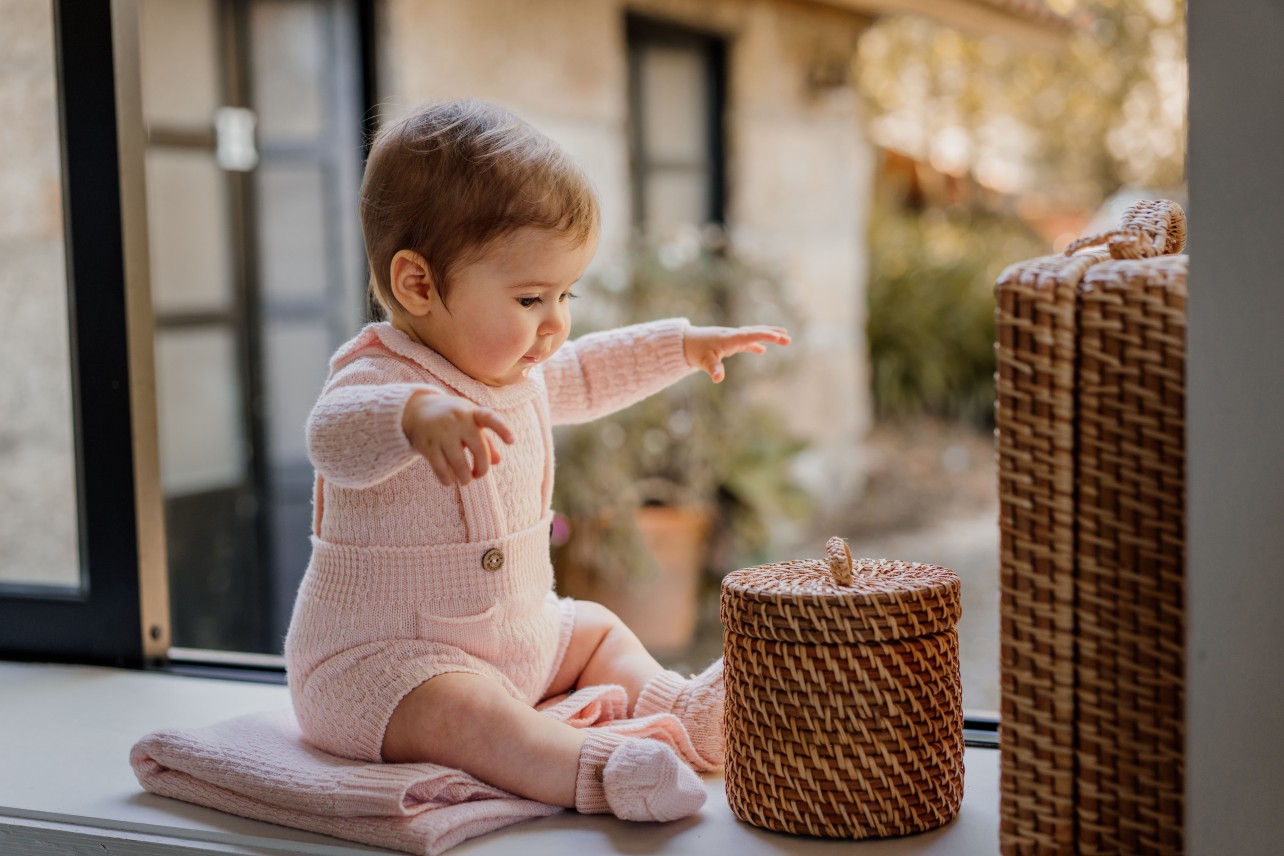There comes a time when the temperature starts to rise, the days are longer and perfect for beach days and lots of fun.
However, when we think about these days, taking care of our skin is extremely important. Long exposure to the sun and high temperatures are things to avoid. Particularly children, who not only have sensitive skin, but also need to be cared for in a way that suits their skin.
We have a general idea about this care, so it's always necessary to go to our doctor or specialist to give us options and a more detailed explanation of the various types of care.
We consider this to be an extremely important issue. So we've taken advantage of this topic to bring up another small and important problem that can arise on these warmer days - sudamine. Don't worry, we went to find out what it was all about and what can be done to keep our little ones well.
So let's start at the beginning: during the summer season and the consequent rise in temperatures, our babies' delicate skin can be affected. It's natural for them to produce excess perspiration in the heat. However, our little ones' skin is not yet ready for this, which can lead to reactions such as sweating.
We believe it can be a stressful situation for parents, which is perfectly normal. We don't want to see our little one uncomfortable. Well, with today's post we want to understand more about this problem and some tips we can put into practice.
Sudamina is a rash that is quite common in children and babies due to the immaturity of their system for regulating body heat and sweat. There is a blockage in the sweat glands, which causes inflammation and red and whitish patches can appear in various areas of the body. The most common places are the face, neck, back and chest. Whitish patches are more common in babies and red patches are more common in younger children. Although it's exclusively a summer reaction, hot and humid weather is the most favourable for these spots to appear.
In general, there is no discomfort. However, if the inflammation is very obvious, it can be itchy for the little ones. What we have realised is that it is a non-infectious lesion, so there is no danger of transmission between children. What could happen is that our baby becomes more irritable and upset, crying more often.
So what can cause sudamina? It depends. In the case of babies, experts say that there is an obstruction in the ducts of the sweat glands due to their immaturity. In younger children, heat and sweat are the main reason. One occasion when it can appear is when children are ill and have high fevers. Once the fever starts to drop, there is more sweating. However, we must prevent damp clothing from coming into contact with the baby's delicate skin, so as not to favour the appearance of sweating.
Now that we understand the origin of this problem, we want to know how we can treat it and prevent its appearance.
In most cases, this is a temporary situation. Because it's a benign skin disorder, sudamia disappears after a few days and usually has a time limit. In this case, no specific treatment is necessary, it is just recommended that you maintain the usual care and follow certain procedures - avoid using products such as talcum powder or very thick creams that can block the pores, the ideal being to use softer moisturising oils and creams.
The main thing is to keep your baby's skin dry and bathe them to relieve any itching. After bathing, make sure your little one's skin is well moisturised. If the itching is frequent, you should consult your paediatrician so that you can get a more suitable product to relieve the discomfort. If any of the spots become infected, you should also go to your paediatrician to observe and analyse the problem.
We've already given you some solutions here, but now we've got to talk about how to prevent sweating. According to our research, the main way to prevent this problem is to make sure your little one's skin is dry, avoid covering up too much and don't wear tight clothes. In this case, the ideal is to opt for loose, breathable clothes and light fabrics such as linen or cotton.
Bathing daily in hot weather is necessary and convenient, as is moisturising the skin with oils or creams that aren't too thick. Again, talcum powder or very thick creams are not ideal. In addition, direct exposure to the sun and physical activity (crawling or walking) should be avoided or reduced.
At home, it is recommended to maintain a mild temperature, controlling possible excess heat. Something we can also do is change the nappy whenever it's wet, so that it doesn't accumulate humidity and heat.
Throughout this discovery of this small and important problem, we essentially wanted to understand its causes, but also what we can do to prevent and solve it. We believe it's a discomfort for both children and parents.
As far as we're concerned, you can count on our fresh clothes that are suitable for this time of year and that we're confident are suitable for the comfort and safety of your little ones.
What about you? Have your little ones ever come across this problem? What other tips do you have for preventing or solving this problem? We want to know your experience. We want to know your opinion.






